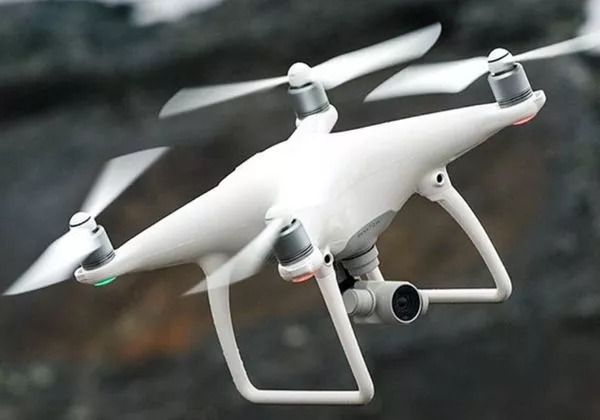The Intersection of Drone Technology and Bee Behavior
Drones and bees share intriguing similarities in their functionality and purpose, from flight patterns to their roles within their respective systems. While drones are known for their modern technological applications, bees have long exhibited complex behaviors that have fascinated researchers and nature enthusiasts alike.
Drone Dynamics: Mirroring Bees’ Movement
The flight of a drone, much like a bee, is dictated by aerodynamic principles. Drones utilize rotors that enable them to hover, dart, and glide effortlessly in various directions. Similarly, bees are equipped with a pair of wings that allow them to perform agile maneuvers and precise movements required for activities like foraging and nectar collection.
A significant aspect of both drones and bees lies in their navigational abilities. Drones employ advanced GPS systems and sensors to chart and adhere to flight paths. Bees, in contrast, rely on natural pheromone trails and the sun’s position, a skill honed by evolution.
Essential Functions and Roles
Drones are assigned specific tasks, akin to the worker bees in a hive, which fulfill roles that ensure the hive’s survival and success. From surveillance to delivery, drones are versatile tools. Bees, on the other hand, are vital for pollination, contributing to broader ecological sustenance.
Pollen transportation by bees and parcel delivery by drones underscore their role in connectivity and bridging gaps—bees between plants and drones between locations. This aspect emphasizes their importance in today’s tech-driven and nature-dependent world.
Innovations Inspired by Nature
Biomimicry, a field dedicated to deriving design solutions from nature, draws heavily from such examples. Drone technology has gained insights from bees’ flight and communication methods, enhancing efficiency and functionality.
For example, researchers have studied bee’s hexagon-shaped hives for building lightweight and sturdy drone bodies. This design approach not only optimizes material usage but also enhances durability and performance.
Social Structures and Communication
Bees exhibit a sophisticated communication system through dances and pheromones, allowing them to inform hive members of resources and danger. Drones are developing parallel capabilities through the exchange of data, enhancing coordinated efforts, particularly in swarm technology.
Swarm drones can execute tasks by mimicking bee colonies, performing synchronized actions without a singular controlling entity—an area where bees have been notably efficient for centuries.

Future Possibilities
The ever-evolving world of drones holds untapped potential inspired by the natural behaviors of bees. Future designs may incorporate further aspects of bee efficiency, aiming for environmentally harmonious integration into everyday life.
FAQs
Q: How do drones benefit from bee-like designs?
A: Drones gain structural integrity and operational efficiency from hexagonal designs inspired by bee hives, which provide durability and material cost benefits.
Q: Can drones improve their navigation using bee methodologies?
A: Although drones primarily use technology for navigation, studying bee methodologies can inspire innovations in autonomous navigation systems.
Q: Are swarm drones fully autonomous?
A: Swarm drones aim for autonomy but still rely on underlying programming and coordination systems to mirror bee colony dynamics effectively.